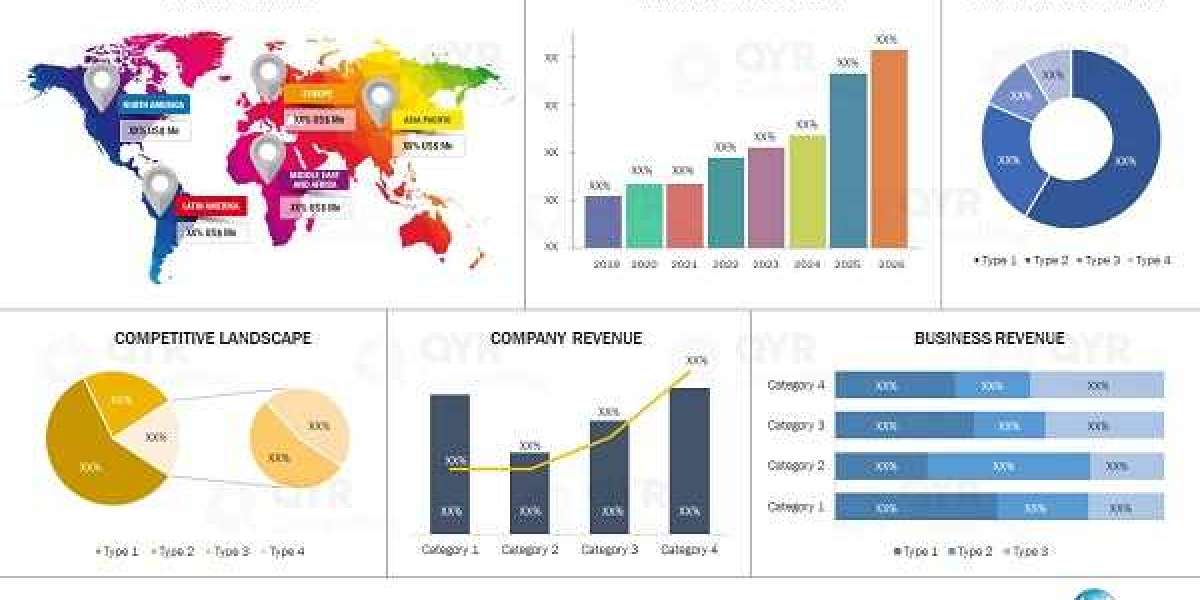If you're exploring effective and innovative ways to kickstart your weight loss journey, chances are you've come across the Allurion Balloon. Often praised for being a non-surgical and temporary weight loss solution, the Allurion Balloon is gaining popularity in Oman and across the globe. One of the most common questions potential users ask is: “How much does the Allurion Balloon weigh?” This article takes a deep dive into the specifications of the Allurion Balloon—particularly its weight—while also exploring why it’s considered the افضل بالون ألوريون في عُمان for individuals looking to lose weight safely, comfortably, and effectively.
Understanding the Allurion Balloon: What Is It?
The Allurion Balloon, formerly known as the Elipse Balloon, is a gastric balloon designed to assist with weight loss by partially filling the stomach and promoting a feeling of fullness. What makes the Allurion Balloon unique is its non-invasive procedure—there’s no surgery, endoscopy, or anesthesia involved in its placement.
The procedure is simple: a capsule containing the deflated balloon is swallowed with water. Once it reaches the stomach, the balloon is inflated with a saline solution through a thin catheter. The process takes only about 15 minutes and can be done in an outpatient clinic setting.
Once in place, the balloon helps reduce food intake and cravings, allowing patients to follow a more calorie-conscious diet. It stays in the stomach for approximately 16 weeks, after which it deflates and naturally passes through the digestive tract.
So, How Much Does the Allurion Balloon Weigh?
Let’s get to the core question: How much does the Allurion Balloon actually weigh?
Before Inflation: The Allurion Balloon comes in a capsule form. In this deflated, uninflated state, the capsule weighs only a few grams—virtually negligible in weight. It's designed to be small and easy to swallow.
After Inflation: Once the balloon is filled with 550 mL of sterile saline solution, it becomes significantly heavier. In total, the Allurion Balloon weighs approximately 550 grams (about 1.2 pounds) when fully inflated in the stomach.
This weight plays a vital role in helping users feel full quicker, reducing portion sizes and calorie consumption during meals. However, it’s important to note that this added weight doesn’t remain static in the body forever. The balloon naturally deflates and is passed out without intervention after about four months.
Why the Weight of the Allurion Balloon Matters
Knowing the weight of the Allurion Balloon is more than just trivia—it has direct implications for comfort, effectiveness, and safety.
Balanced Fullness Without Discomfort
The 550g weight, combined with the volume it occupies, is enough to trigger satiety signals without causing the patient distress. Most users report a moderate feeling of fullness, which encourages them to eat less at each meal.Non-Permanent Solution
Since the balloon is not excessively heavy, it doesn’t weigh down the stomach or cause structural changes. Its temporary nature and balanced weight make it ideal for individuals who want to avoid invasive surgery.Safety First
The Allurion Balloon is carefully designed and tested to ensure it’s safe and well-tolerated, even at its full weight. It doesn’t interfere with the body’s natural processes and is approved in over 50 countries worldwide.
Why Choose the Best Allurion Balloon in Oman?
Now that we’ve understood the specifications and purpose of the Allurion Balloon, let’s look at why many are opting for the best Allurion balloon in Oman.
1. Expert Clinics with Advanced Technology
Oman is home to state-of-the-art wellness clinics and certified bariatric specialists offering the Allurion Balloon. These centers provide personalized consultations and professional follow-ups, ensuring that each patient receives the support they need throughout their journey.
2. Cultural Sensitivity and Custom Support
Omani healthcare providers understand the local lifestyle and dietary habits, which allows them to tailor the Allurion program specifically for their clients. Nutritionists and support coaches offer customized diet plans and wellness tips based on the individual's needs.
3. Integrated Weight Loss Program
The best clinics offering the Allurion Balloon in Oman typically combine the balloon placement with a comprehensive weight loss program. This includes:
Nutritional counseling
Fitness coaching
Regular medical follow-ups
Access to a mobile app to track progress and stay motivated
This holistic approach ensures better long-term success than just inserting the balloon alone.
What to Expect After Balloon Placement
After the balloon is in place, many users experience a rapid feeling of fullness, which helps them reduce portion sizes almost immediately. Initial weight loss often occurs during the first few weeks.
Some common experiences include:
Mild nausea or bloating during the first few days (which usually resolve quickly)
Significant appetite control within the first week
Steady weight loss across the 16-week period
Many people lose between 10–15% of their total body weight over four months when the balloon is combined with lifestyle changes.
Is the Allurion Balloon Right for You?
If you have a BMI of 27 or higher and are looking for a non-surgical weight loss method, the Allurion Balloon may be the ideal option. It’s especially suitable for:
Those who’ve struggled with dieting or weight-loss medications
Individuals not ready for or not interested in bariatric surgery
People who want to improve their health before other medical procedures
However, as with any medical treatment, consultation with a qualified professional is crucial. The best Allurion balloon providers in Oman offer in-depth assessments to ensure suitability and safety.
Final Thoughts: A Lightweight Balloon with Heavyweight Results
To sum up, the Allurion Balloon weighs about 550 grams when inflated, a carefully chosen amount that delivers excellent results without compromising comfort or safety. Its design supports gradual, sustainable weight loss and fits into a broader wellness program that includes dietary and behavioral support.
For those in Oman searching for a reliable and minimally invasive way to shed excess weight, choosing the best Allurion balloon in Oman could be the first step toward a healthier, happier life. With professional support, cutting-edge medical practices, and a patient-centered approach, Omani clinics offer a premium experience for anyone ready to make a transformation.











